
1. First of all, it must be affirmed that the Party and State's decision to reorganize 63 provincial-level administrative units into 34 provinces and centrally-run cities is a historic decision. The process of considering and deciding on this important policy was very thorough, comprehensive, cautious, certain, scientific, thorough, and dialectically based on Vietnam's history, culture, economy and practical reality.
With 34 provinces and cities today, the arrangement of administrative units not only adjusts and restructures the administrative space to promote national and local governance, but also creates a new, long-term, seamless development space for the country. This strategic shift is an inevitable and objective requirement in the journey to build dynamic development zones for the region and the country as a whole.
Along with the model of a streamlined, efficient, effective, and effective 2-level local government, the reduction of provincial and municipal focal points has opened up better, newer, and larger development space. In particular, the current 34 provinces and cities have not only expanded their territorial scope but also their institutional, cultural, and economic space, thereby creating a sustainable impetus for development.
In short, unlike previous mergers when the main purpose was to expand or increase the number of provinces and cities, this time it is to reduce the focal point to open up new development space, in line with the trend of the era of science , technology, and digital transformation that is developing strongly.
2. There is an obvious common point, the current 34 provinces and cities all converge the potential and strengths of each region; at the same time, the geographical characteristics between regions and areas within the same locality create diversity, richness and effective support between different fields to move forward together.
The outstanding point is that out of 34 provinces and cities, 21 provinces and cities are coastal. A comparative figure to see: The number of coastal localities has increased significantly, from 44% (out of the total 63 provinces and cities before) to 62%.
So what are the advantages of being adjacent to the sea? That is, the development axes are expanded in the North - South and East - West directions. In other words, the coastal provinces and cities are now becoming economic sub-regions, linked with the development of mountainous, highland, delta and coastal areas to complement each other's advantages. A seamless space between mountains, plains and coastal areas will help localities fully exploit their strengths, especially in the fields of tourism, export of agricultural products, goods, marine economy... Having a sea also means having a seaport, opening up opportunities to form international trade gateways, develop industrial, commercial, logistics and transit ports centers... This is both a resource and a great driving force for localities.
Another point to mention is that the current 34 provinces and cities all ensure a large enough economic space, ensuring close and seamless connections between economic regions. Ho Chi Minh City is an example. Considered a "super city" formed on the basis of 3 previous provinces and cities (Ba Ria - Vung Tau, Binh Duong and Ho Chi Minh City), the economic scale of this locality is currently the largest in the country. With its existing potential and strengths, Ho Chi Minh City has strong economic potential, a modern economic structure, is a center of science - technology and innovation, high-tech industry, logistics and an international financial center to develop into a leading urban area in the region and the world.
Secretary of the Ho Chi Minh City Party Committee Nguyen Van Nen acknowledged that Ho Chi Minh City will become an administrative-economic entity with a new position on the map of major cities in the region and the world, carrying great aspirations and historic opportunities to optimize its outstanding economic development potential, soon becoming a multi-center, multi-industry, multi-functional megacity with global competitiveness and realizing the process of building a civilized, modern, and humane city.
Another locality that has received attention is Ninh Binh province (merged from the three provinces of Ha Nam, Nam Dinh and Ninh Binh). The growth scale of this locality is expected to increase significantly. The three provinces were previously rich in cultural traditions; now when combined, Ninh Binh province possesses a large-scale heritage ecosystem, expanding the space for developing cultural and spiritual tourism. Famous relic clusters are no longer separate but are planned into a unified whole, thereby attracting investors and increasing the number of tourists.
Ninh Binh Provincial Party Secretary Truong Quoc Huy said that with a significantly increased economic scale, Ninh Binh province has now become a locality with a developed industry, rich in cultural identity, and unique heritage urban areas, adding value to major centers. The province aims to become a centrally-governed city by 2035.
Analyzing the current context of the provinces and cities after the merger, and looking back at the event of expanding the administrative boundaries of the capital Hanoi in August 2008, shows that: These are all historical decisions, of a constructive and developmental nature. After nearly 17 years, Hanoi has proven that the policy of expanding the administrative boundaries is completely correct and in line with the trend of the times. The appearance and appearance of the capital are increasingly spacious, modern and spacious. The open space continues to create more room for development for the thousand-year-old capital. With the achievements that have been achieved, the lessons on operating the government apparatus after the merger, developing the economy - society, preserving and promoting cultural identity, historical values between regions... remain intact to this day.
3. The future development of 34 provinces and cities is very bright. The important issue now is that the key leaders of the provinces and cities, those who have been entrusted with historic responsibilities - need to continue to strongly innovate their thinking and working methods to bring their localities to worthy development.
The requirement is that the Party Committees and authorities of 34 provinces and cities need to continue to innovate leadership thinking, innovate state management methods, strongly apply science, technology and digital transformation, improve governance quality, and increase efficiency in serving the people. In particular, the process of operating the 2-level local government apparatus - a new administrative entity, requires the staff to grasp development trends, innovate thinking and working methods, promote the spirit of "dare to think, dare to do, dare to take responsibility", and be ready to sacrifice personal interests for a serving, modern, transparent, by the people, for the people and of the people administration.
In the long term, shaping the future development of each locality is a particularly important task. First of all, this content must be specified in the documents of the Party Congresses of provinces and cities. The viewpoint of building a system of goals, tasks, and solutions for local development in the documents must be closely linked to the policies and resolutions of the Party Central Committee on restructuring and streamlining the apparatus. At the same time, the content of the documents must be concise, easy to understand, easy to remember, easy to do, and easy to check. This task is very important, it must be recognized that the merger is not a simple accumulation, but the crystallization of common intelligence and will for development, forming a common denominator for the future of each locality.
In particular, in the current context, localities need to comprehensively, objectively and honestly assess the situation, achievements, advantages, limitations, causes and lessons learned to suit the requirements of new tasks. At the same time, it is necessary to forecast the situation, propose directions, goals, targets, tasks and solutions that are feasible, breakthrough, highly actionable, with a long-term vision, suitable for local realities.
This arrangement of local administrative units ensures scientific, innovative, creative, close to reality with a long-term vision. The expanded, seamless, and complementary space for socio-economic and cultural development will become a powerful resource for economic growth and improving the material and spiritual life of the people.
Source: https://baolaocai.vn/viet-nam-ky-nguyen-moi-khoi-tiem-nang-phat-huy-the-manh-post647857.html




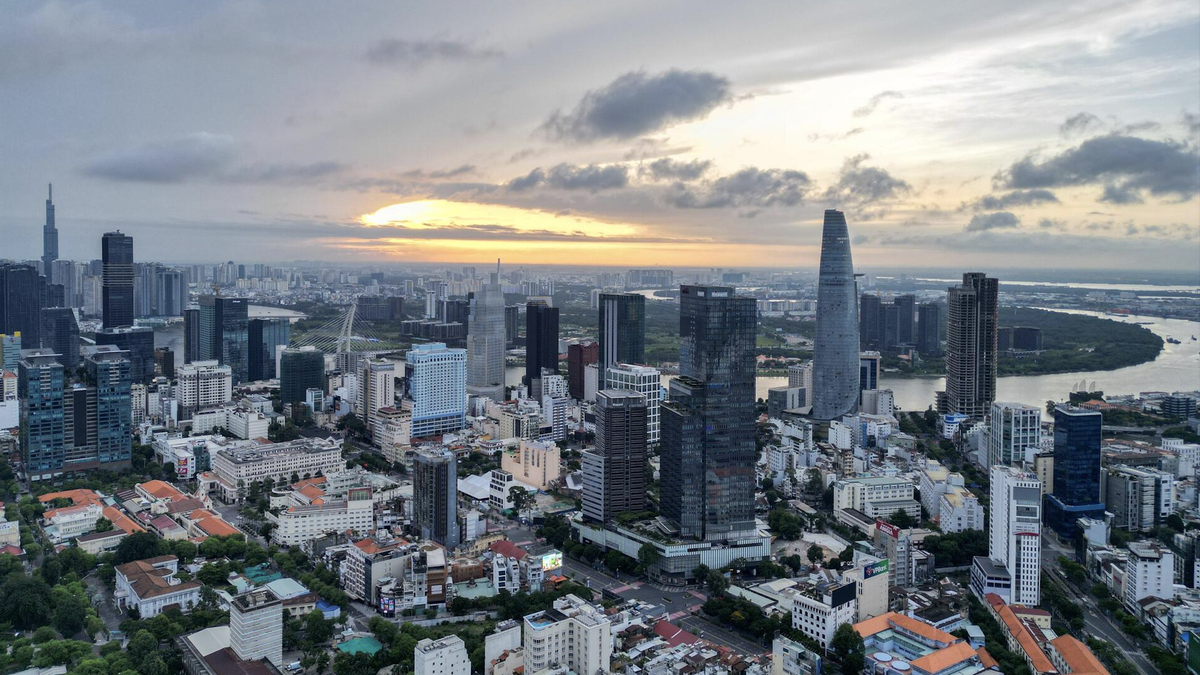
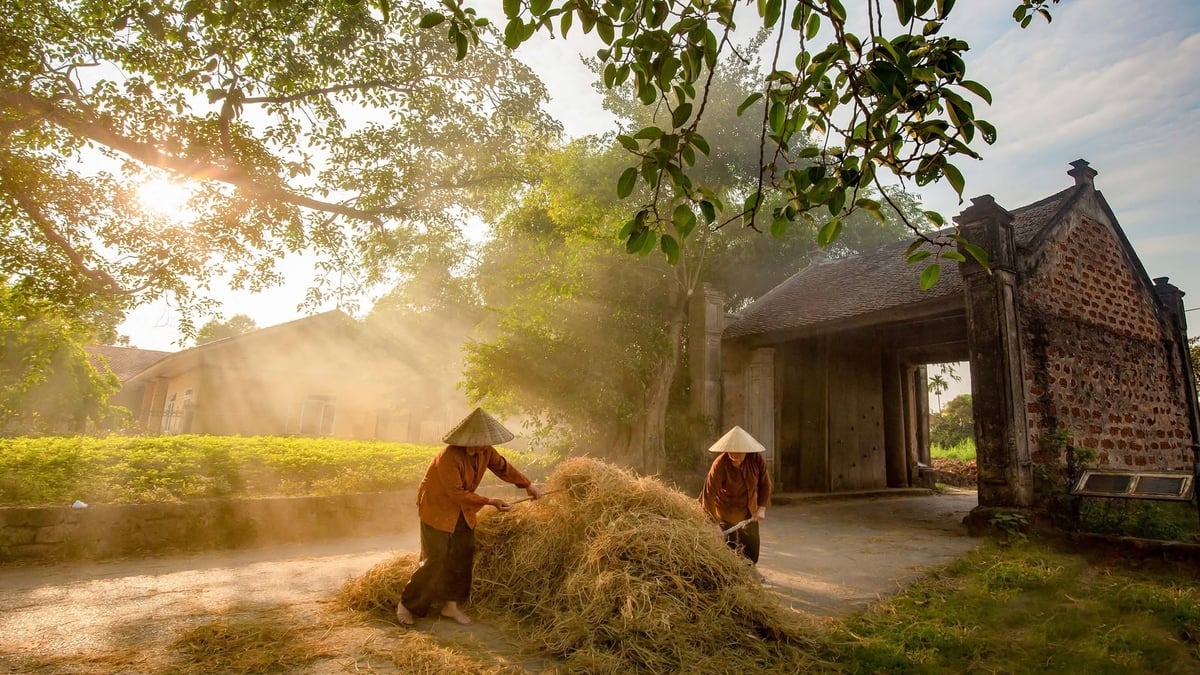

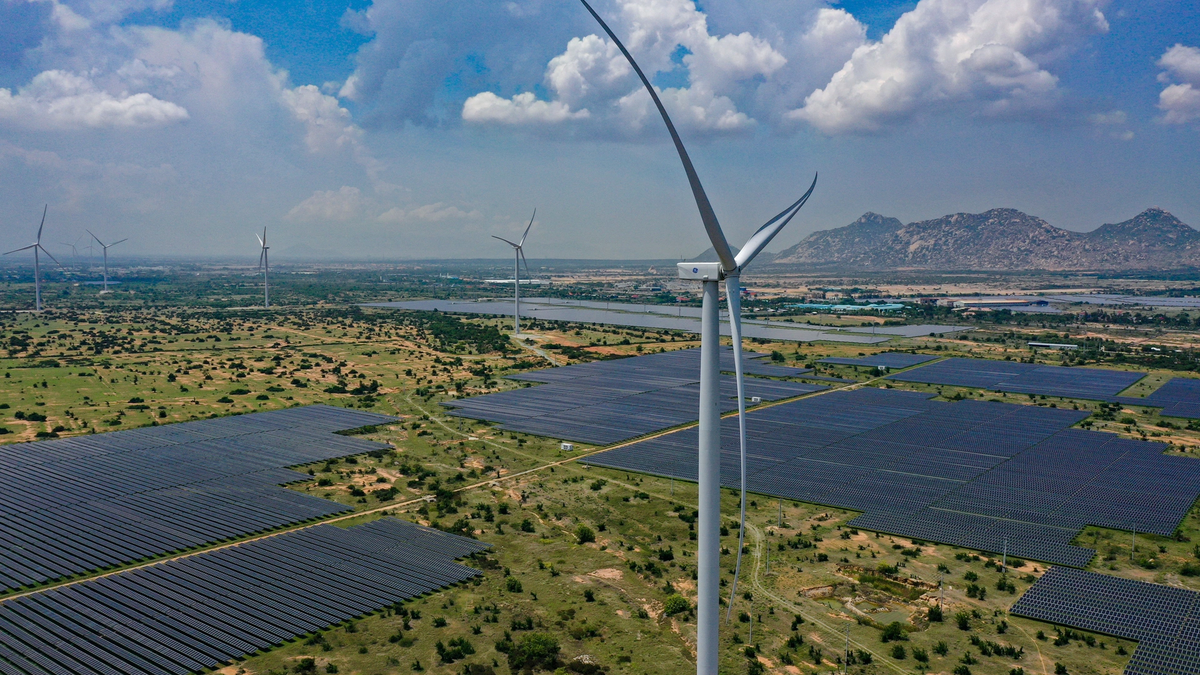
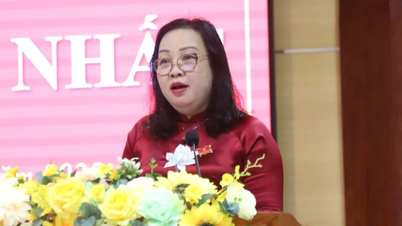

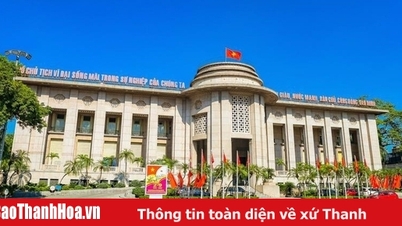

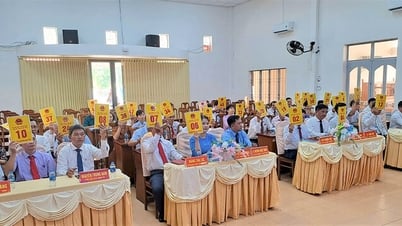

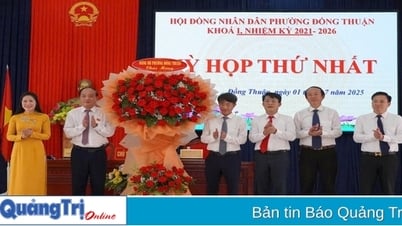


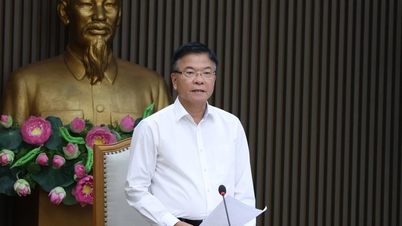


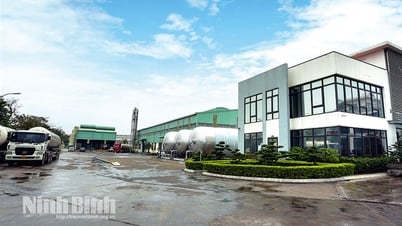

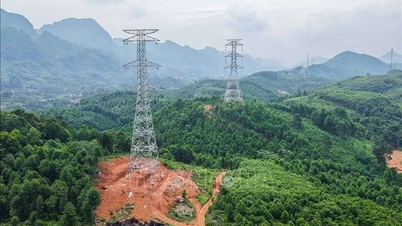
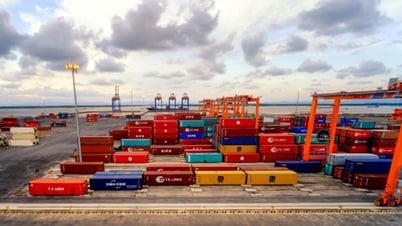








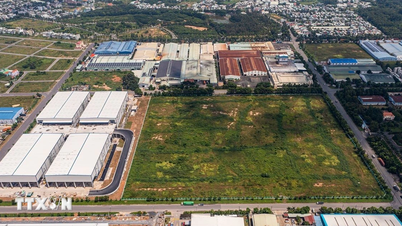



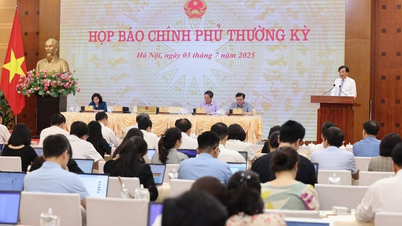
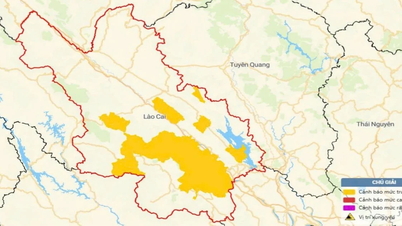
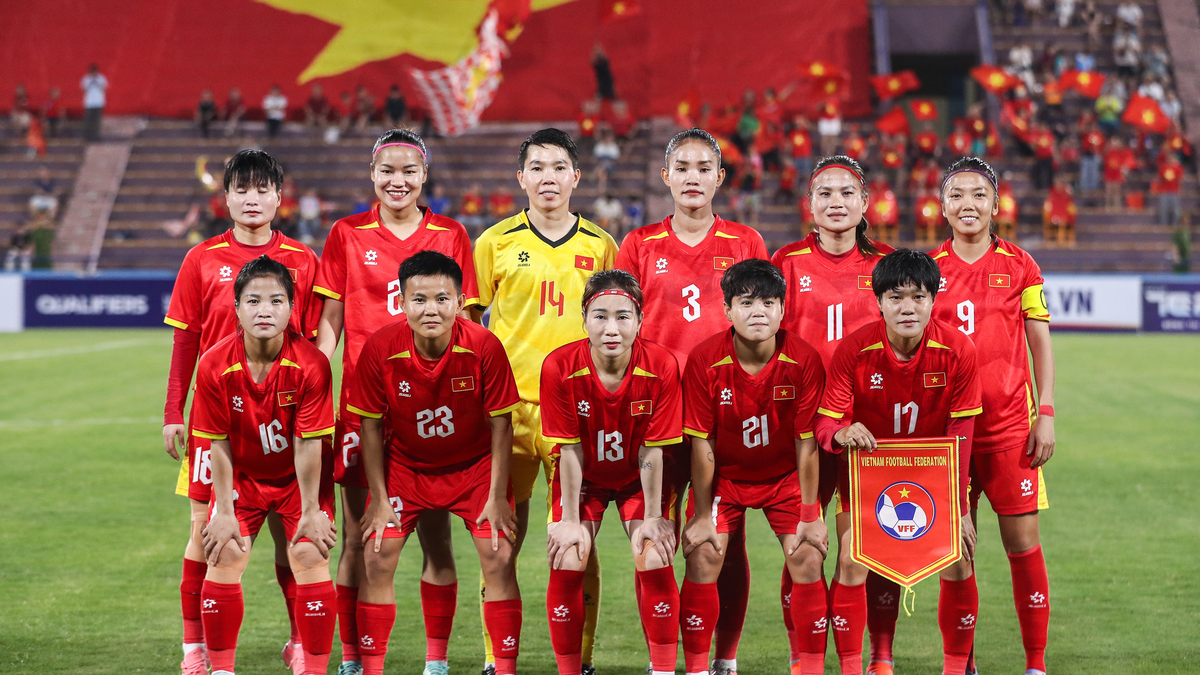






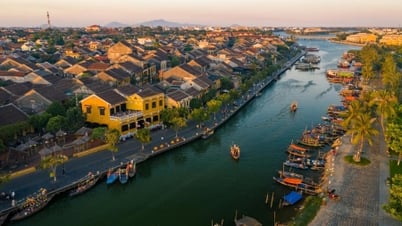



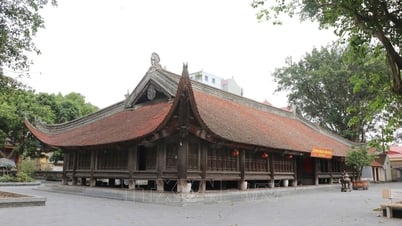







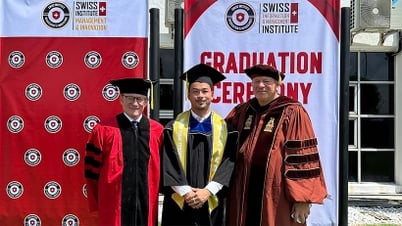









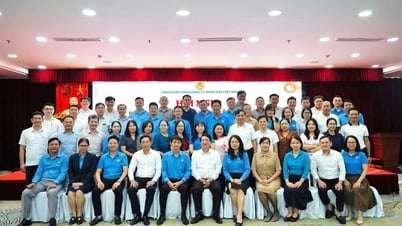
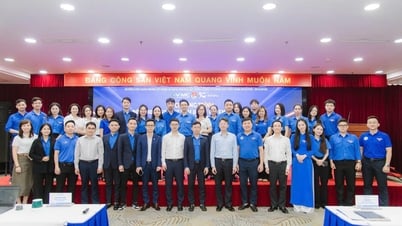




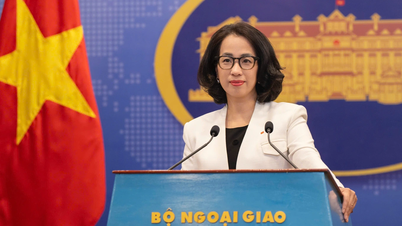





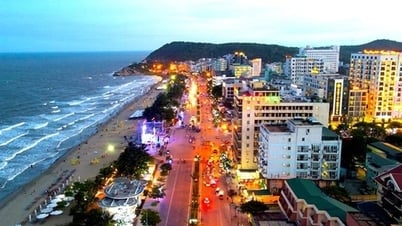

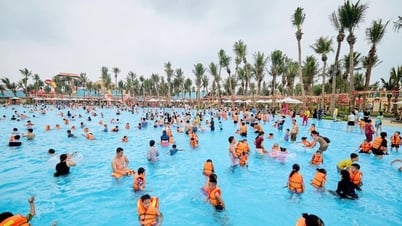

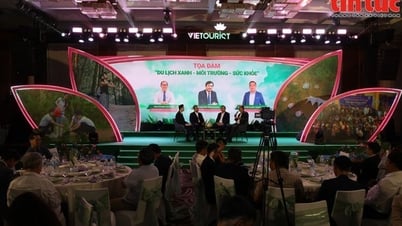


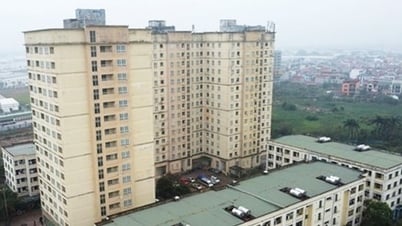
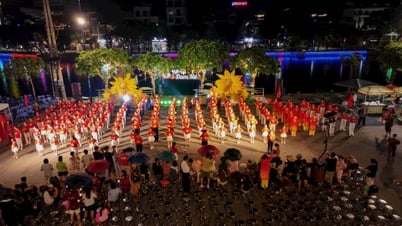

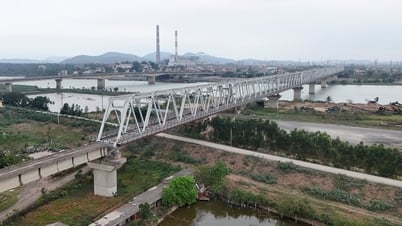
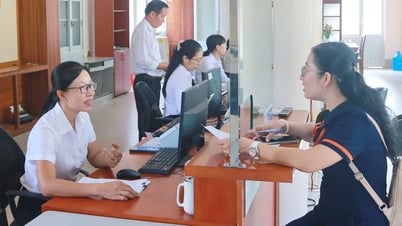














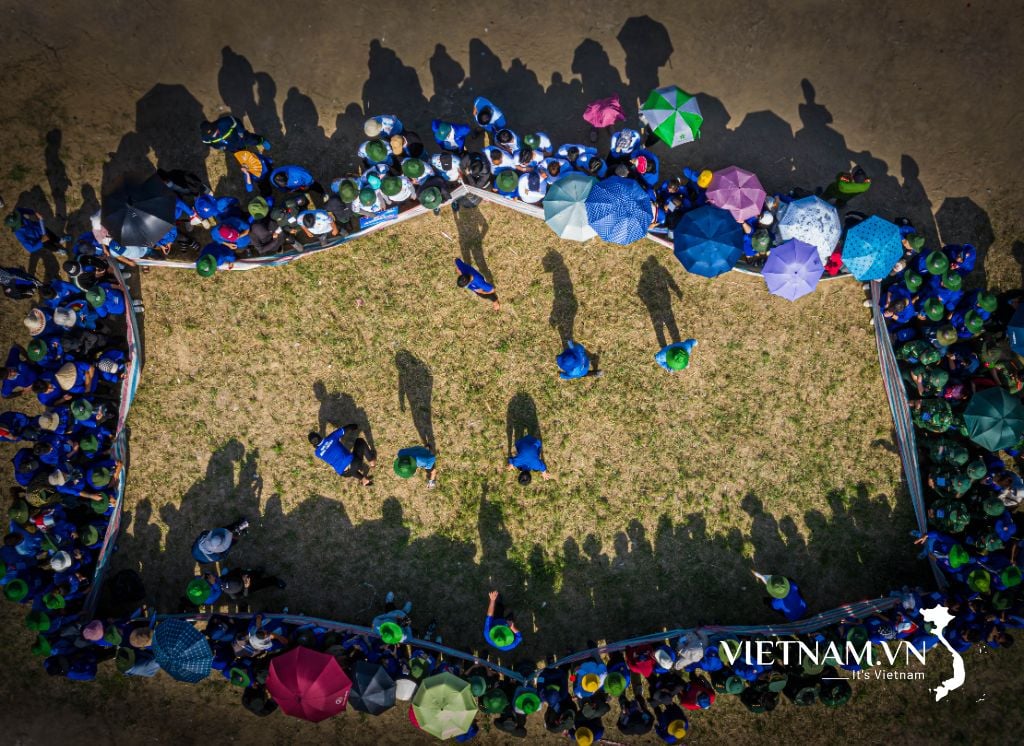

Comment (0)